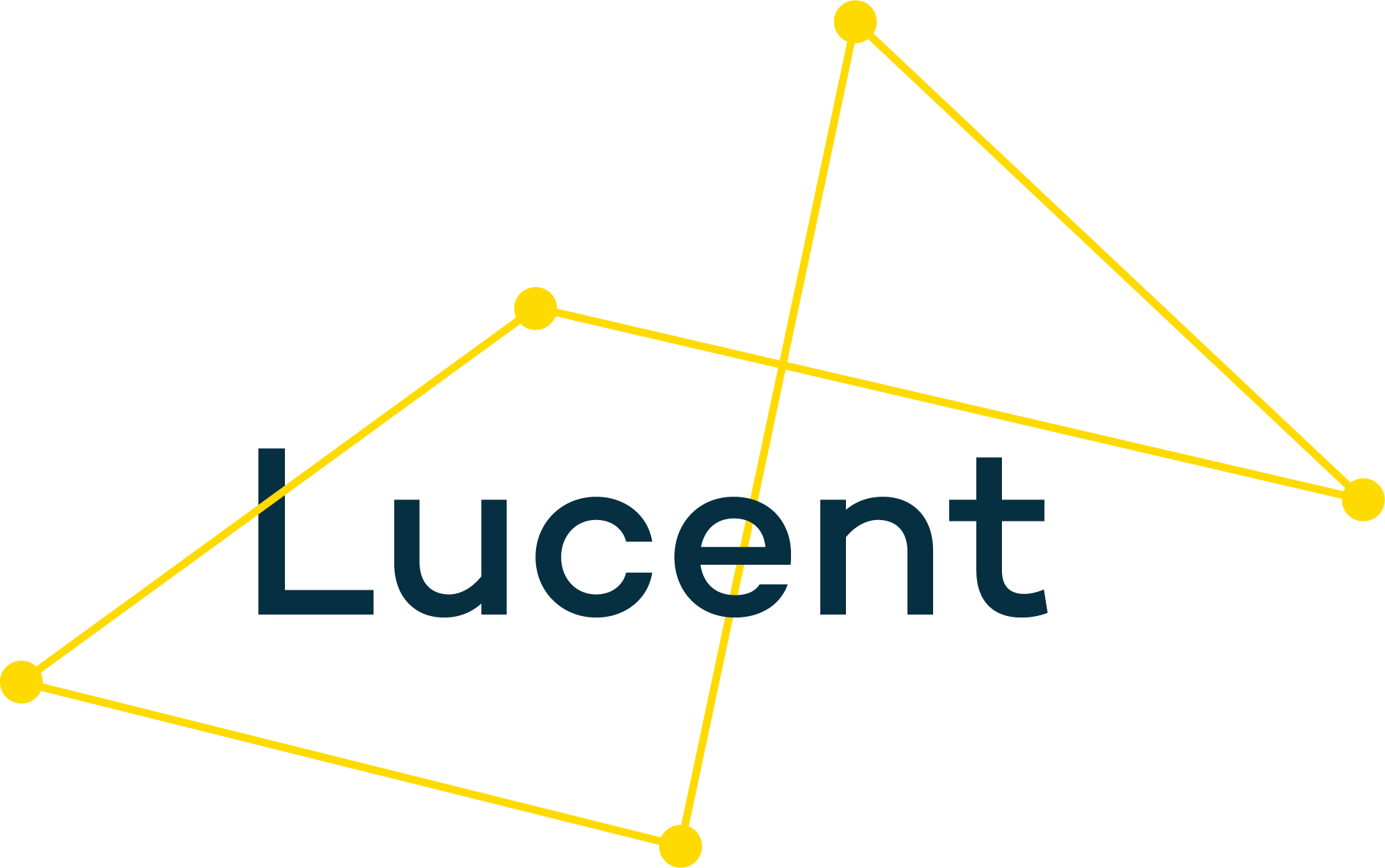A checklist to set your collaboration up for success
We are delighted that social purpose organisations are increasingly working in collaboration. They know that no organisation can solve today’s social problems alone. But setting up or running a collaboration can be daunting. How do you navigate different organisational pressures and interests and find a way forward that works for all parties?
Lucent has worked with a number of different networks, partnerships and collaborations. And while everyone is different, this checklist has helped us set them up for success.
Checklist for success
Be clear about the added value of working as a collaborative and return to that when times are tough. Defining your collaborative’s purpose and what you can achieve by working together that you wouldn’t be able to achieve alone is an essential first step – and a handy reminder if relationships become strained.
Make the space for an open and honest conversation about hopes and fears for the collaboration. This can be done through a group conversation, facilitated to make sure every voice is heard, or through one-to-one discussions as you build trusted relationships.
Celebrate your differences. Every organisation comes to the table with its own culture and motivations. To truly embrace these differences requires deep understanding of each other’s organisations, incentives and barriers.
Seek everyone’s input into ways of working – from practical issues like how people want to keep in touch between meetings through to what everyone needs to make their best contributions.
Pick up the pen on a short working agreement or terms of reference early on and then build it through regular review. This is a living document and will need to change as the collaborative grows. A first draft can be short and built on at every meeting over the first 6 months. As your collaborative matures, it will become more fixed, but don’t forget to review it regularly.
Make sure you induct new members thoroughly. Your collaborative is unique, so make sure new members have a buddy or time with the Chair to understand purpose and ask questions about ways of working.
What has worked for you? What have we missed? Let us know here.

